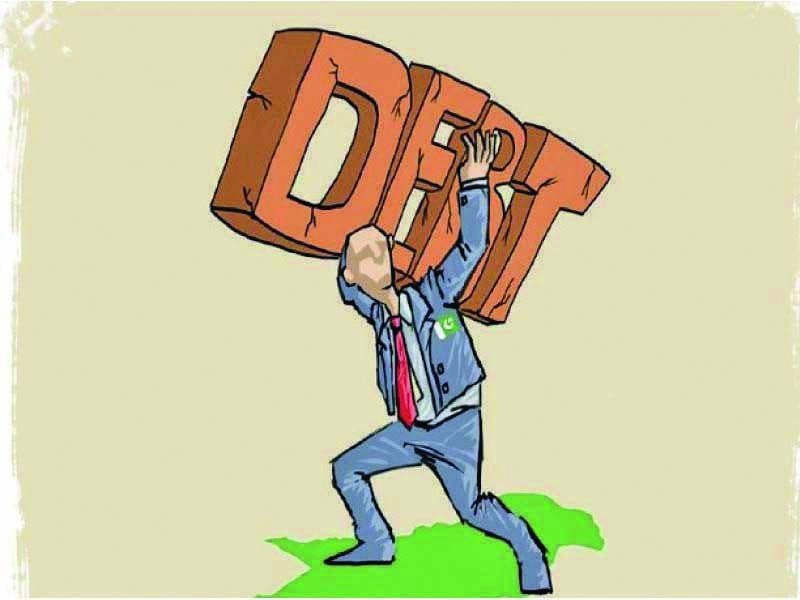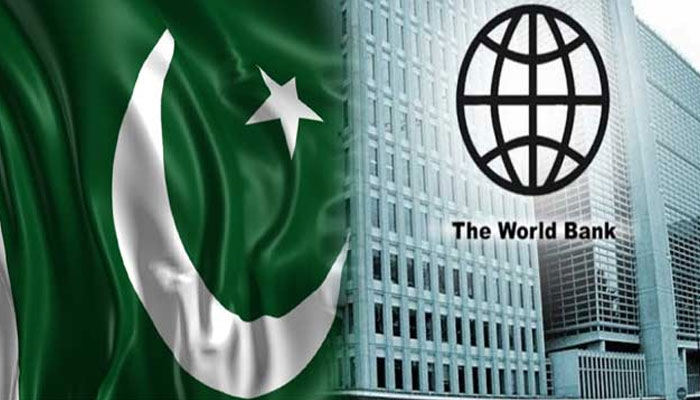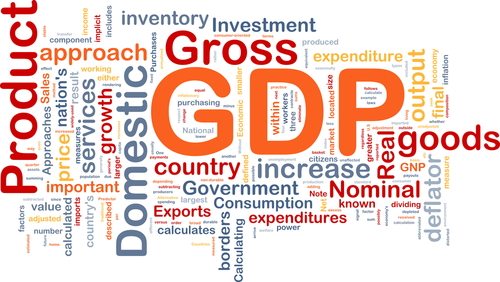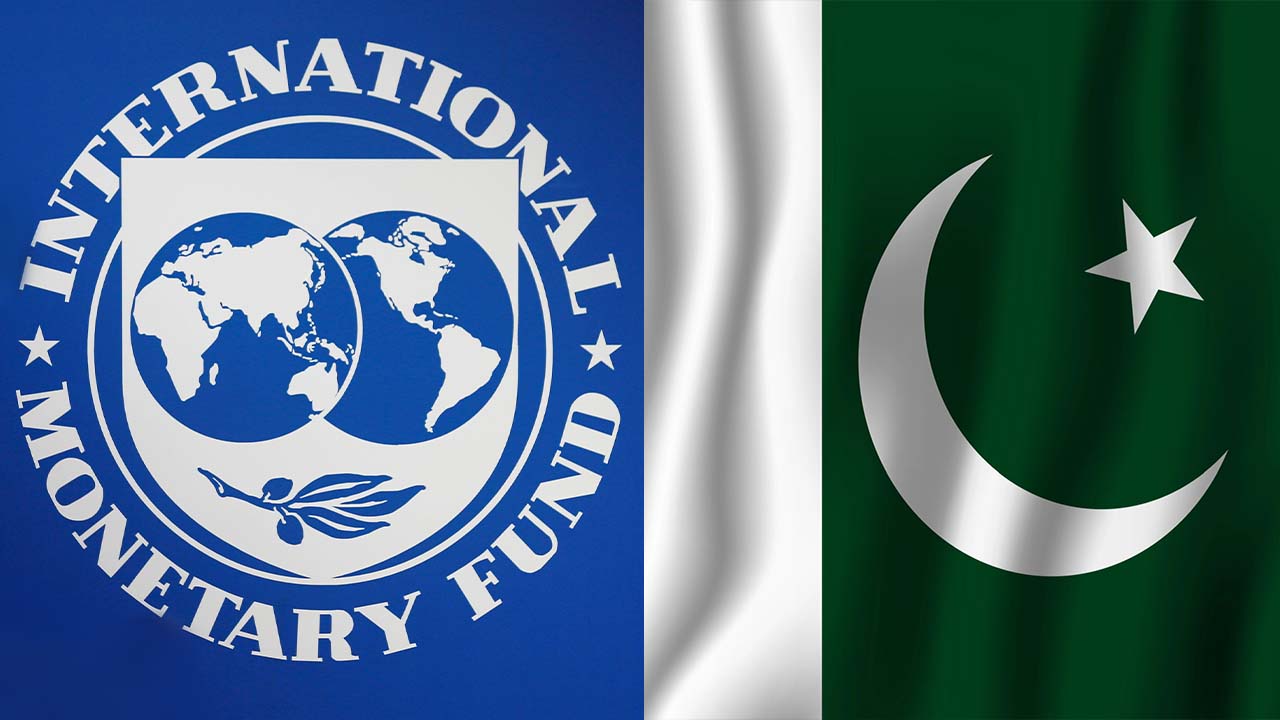Zafar Iqbal
Pakistan’s debt trajectory continues to raise alarm, underscoring a deep fiscal imbalance that has become structural rather than temporary. The latest State Bank debt bulletin reveals that during the last fiscal year, the government added Rs9.3 trillion in new debt, pushing the total public debt stock to an unprecedented Rs80.5 trillion by June. On average, this means the government borrowed Rs25.4 billion every single day. The numbers reflect not just borrowing but also the state’s growing inability to manage its finances within the framework of self-reliance.
The relentless surge in debt violates the limits prescribed by the Fiscal Responsibility and Debt Limitation Act, which was meant to provide a safety valve against reckless borrowing. Instead, Pakistan’s fiscal framework has been consistently undermined by governments unwilling to reform revenue generation and expenditure structures. Interest payments now consume the lion’s share of the federal budget, leaving little room for development or welfare initiatives. This debt trap transforms the budget into a document of survival rather than growth, where resources are diverted to meet obligations rather than to build national capacity.
Equally worrying is the rise of Pakistan’s debt-to-GDP ratio, which has climbed back to 70.2 percent from 67.8 percent in just one year. This reversal is significant because it erases the limited gains achieved through stringent fiscal consolidation under the IMF’s program. The debt ratio had dropped from 75.2 percent to 67.8 percent in FY24, but the new figures highlight the fragility of that progress. For policymakers, this indicates three critical trends: a widening gap between revenue and expenditure, a persistent fiscal deficit despite austerity, and a weakened capacity of the state to finance development and growth.
The erosion of fiscal space has direct human consequences, most visibly during disasters such as the recent floods. With debt obligations soaring and budgetary constraints tightening, Pakistan’s ability to provide relief and rehabilitation has been severely compromised. Millions of citizens in Punjab and other affected regions have been displaced, yet the government’s capacity to support them is limited. The muted international response further compounds the challenge, forcing families to shoulder the burden of loss without substantial state protection. This reflects not only fiscal profligacy but also a crisis of governance.
The economic cost of the floods cannot be understated. Key crops such as cotton, rice, sugarcane, and vegetables have been destroyed in flood-hit areas, alongside the fodder required to sustain livestock. Tens of thousands of households have lost their shelter and livelihood, while infrastructure including roads, bridges, and irrigation systems lies in ruins. Rehabilitation will require billions of rupees, resources the state simply does not possess. The floods therefore act as a mirror, exposing the fragility of Pakistan’s fiscal structure and the limited room for maneuver when external shocks strike.
At the same time, the global environment has become less favorable. International donors, fatigued by repeated appeals and concerned about Pakistan’s fiscal governance, have responded with muted assistance. Even if aid arrives, it is unlikely to bridge the gap between the scale of destruction and the resources available for recovery. The state thus finds itself cornered, dependent on either diverting scarce domestic funds—an option that requires IMF approval—or borrowing more and adding to the debt mountain. Both scenarios perpetuate the cycle of dependency and leave ordinary citizens as collateral damage.
Successive governments have failed to address the root causes of debt dependency: a narrow tax base, wasteful expenditures, and the absence of structural reforms. Instead of broadening revenue sources or rationalizing spending, administrations have preferred the easier route of borrowing. This has entrenched a debt culture where fiscal sovereignty is gradually ceded to international lenders. The IMF’s consent becomes necessary even for humanitarian spending, illustrating how deeply Pakistan’s economic autonomy has eroded. In such circumstances, citizens pay the heaviest price—through inflation, reduced social spending, and diminished resilience against disasters.
The political class must accept that debt is no longer just an economic issue; it is a governance and sovereignty challenge. When a state’s fiscal policy is dictated by creditors rather than legislators, democratic accountability suffers. Parliament becomes secondary to conditionalities negotiated in foreign capitals, and the social contract with citizens weakens. Pakistan’s future development, security, and stability depend on reversing this trajectory. Without decisive reforms, debt will continue to crowd out investment in infrastructure, education, and health, leaving the country unable to achieve sustainable growth.
At its core, debt management requires political courage. Reforming the tax system to include powerful sectors, cutting non-development expenditures, and prioritizing human development over prestige projects are essential steps. Equally, the government must resist the temptation of short-term fixes through excessive borrowing, which merely postpones crises. Long-term planning rooted in fiscal discipline and inclusive growth is the only sustainable way forward. The alternative is a perpetual cycle of debt, disaster, and dependence, where Pakistan’s sovereignty and resilience are continuously eroded.
Ultimately, Pakistan’s rising debt is more than a set of troubling numbers—it is a national emergency. The convergence of fiscal profligacy, weak governance, and repeated natural disasters has placed the country at a crossroads. Either the political leadership chooses reform and sacrifices expediency for sustainability, or it condemns future generations to bear the weight of its negligence. The choice is stark, and the consequences of inaction are unforgiving.















